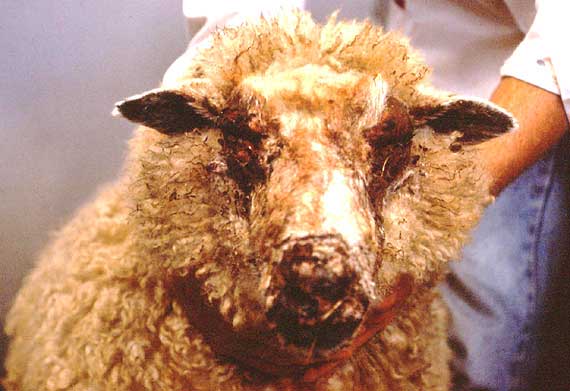|
|
|
The combination
of biliary hyperplasia, portal fibrosis, parenchymal atrophy and nodular
hyperplasia is consistent with chronicity. None of these changes is diagnostically
specific.
The megalocytosis is the most specific
finding as it indicates chronic exposure to an alkylating toxin (a toxin
capable of binding to DNA and RNA), leading to inhibition of mitotic division.
Such cells are most commonly observed in animals chronically poisoned
by pyrrolizidine alkaloids. Other alkylating
agents such as aflatoxins, nitrosamines and toxins of cycad palms may
sometimes also provoke nuclear enlargement of hepatocytes but usually
less prominently.
Due to mitotic inhibition, there is failure of replacement of hepatocytes.
Toxic effects are cumulative and over time the liver shrinks despite the
enlargement of individual cells.
 
Pyrrolizidine alkaloids are found in such plants as Senecio, Crotalaria,
Echium, Heliotropium and Amsinckia species. This is Echium
plantagineum, commonly known as Paterson’s curse or Salvation
Jane. Sheep and goats are less susceptible to intoxication than cattle
and horses. In cattle, chronic poisoning can be associated with severe
bridging or centrilobular fibrosis.

Potential clinical signs of chronic pyrrolizidine alkaloid
poisoning include photosensitisation, jaundice, ascites and hepatic encephalopathy.
|



